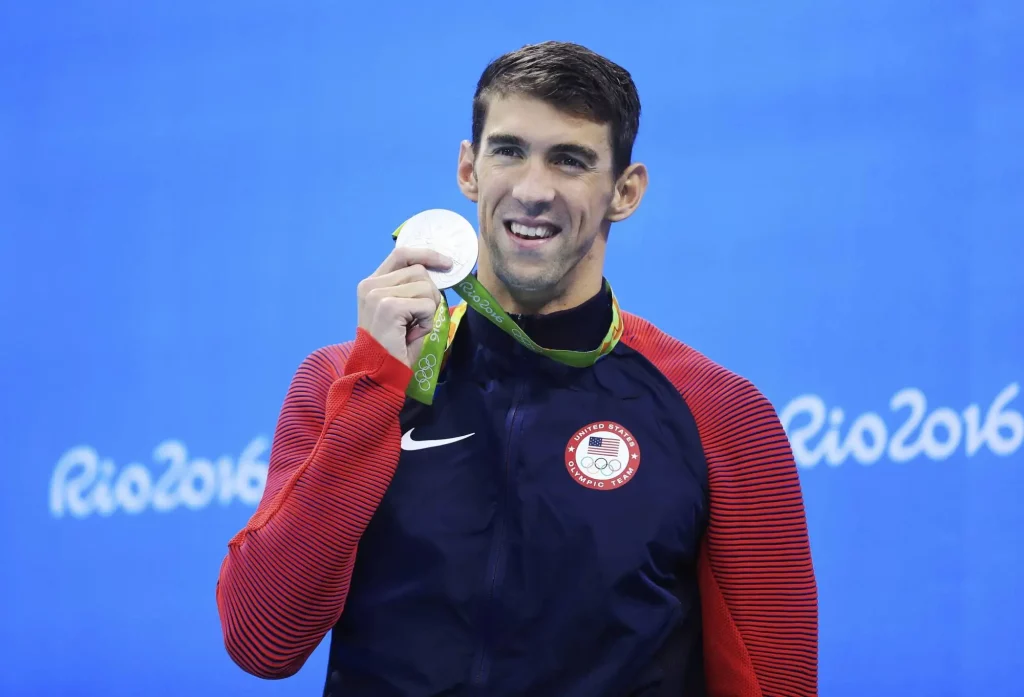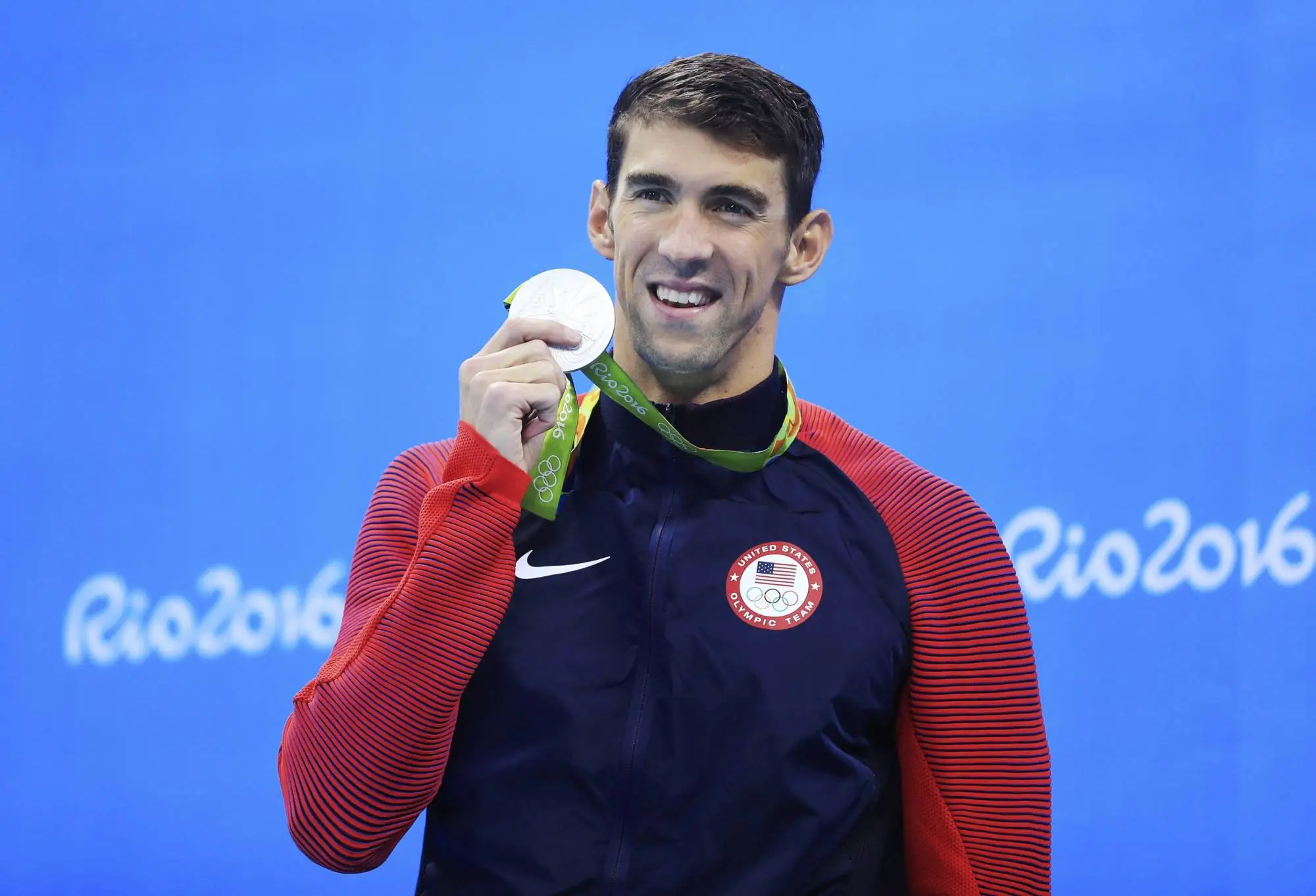The Power of Visualisation in Goal-Setting: Insights from the Olympic Athlete Mindset
Visualisation, the mental rehearsal of an event or action, has long been a powerful tool in the arsenal of elite athletes. As the 2024 Olympics unfold, many competitors attribute their success, in part, to this technique, which has been scientifically proven to enhance performance. This article explores the power of visualisation, backed by neuroscience, and provides practical tips for incorporating it into everyday life.
The Science Behind Visualisation
Visualisation is not just a mental exercise; it has tangible effects on the body and brain. When we visualise an action, our brain activates the same regions involved in performing the actual movement. This phenomenon is known as ‘motor imagery’. Studies have shown that imagining a movement can stimulate the motor cortex, the part of the brain responsible for planning and executing movements, almost as effectively as physically performing the action.
For instance, research has demonstrated that visualising strength training can lead to measurable increases in muscle strength. This is because the brain creates neural connections that prime the body for the actual physical activity. This principle is not only applicable to athletes but also to individuals recovering from injuries, as mental rehearsal can aid in the rehabilitation process.
Olympians and Visualisation
Olympians are perhaps the most prominent users of visualisation techniques. Michael Phelps, the most decorated Olympian of all time, credits much of his success to visualisation. Phelps would mentally rehearse his races in vivid detail, imagining every stroke and turn from both a first-person and third-person perspective. This mental preparation allowed him to remain calm and focused, even when unexpected challenges arose, such as his goggles filling with water during the 200m butterfly at the 2008 Beijing Olympics. In spite of having to ‘swim blind’ for the remainder of his race, he still came up trumps and won the gold. This showcases an integral part of training as an Olympic athlete is as much mental as it is physical.

Phelps showcases the power of the Olympic athlete mindset. Image: REUTERS
In the 2024 Olympics, athletes continue to emphasize the importance of visualisation. For example, Grant Holloway, the two-time 110m hurdles world champion, has spoken about how visualisation is integral to his race preparation. He trains as if every race is a championship final, so when the moment arrives, he has already won the race a thousand times in his head. Holloway’s performance in Paris has been exceptional, showcasing the effectiveness of his mental preparation techniques. This showcases an integral part of training as an Olympic athlete is as much mental as it is physical.
Dr. Jennifer Cumming’s Insights
Dr. Jennifer Cumming, a renowned sports psychologist from the University of Birmingham, has extensively researched the benefits of imagery in sports. In the Olympic Channel documentary “Olympic State of Mind,” Dr. Cumming explained how imagery takes visualisation to a higher level by incorporating all senses, making it a richer multi-sensory experience. She emphasised that effective imagery involves not just seeing the outcome but also feeling the associated physical sensations, hearing the sounds, and even experiencing the emotions tied to the event.
According to Dr. Cumming, “When you visualise, similar areas in the brain are active which are involved in motor skills. If you were imagining kicking a ball, the areas of the brain associated with foot movement would be more active”. This process effectively “primes” the brain, giving it extra opportunities to practice and enhancing both physical and psychological readiness.
Personal Experience with Visualisation
Over a decade ago, I decided to run the Dublin marathon. Every time I went for a training run, I visualised myself crossing the finish line with ease. I imagined the physical sensations, the emotional high, and the mental clarity I would experience. At that time, I had qualified as a neurolinguistic programming practitioner (NLP) and part of this theory was focused on the ways in which we can use visualisation to overcome fears, phobias and to achieve greater success in life. On race day, as I approached the final two miles, I felt an unexpected surge of energy. I crossed the finish line not only with ease but with energy to spare. Whether it was a coincidence or the power of visualisation, I feel that the mental rehearsal played a significant role in my preparation and performance.
Practical Tips for Visualisation
Visualisation is a skill that can be developed with practice. Here are three tips to help you incorporate visualisation into your goal-setting routine:
Engage all the Senses
Effective visualisation involves more than just seeing the outcome. Engage all your senses to create a vivid mental picture. Imagine the sounds, smells, and physical sensations associated with your goal. For example, if you are preparing for a presentation, visualise the room, hear the applause, and feel the confidence in your voice.
First-Person and Third-Person Perspectives
Use both perspectives to enhance your visualisation. The first-person perspective allows you to experience the action as if you are performing it, which can activate the motor cortex more powerfully. The third-person perspective helps you see the bigger picture and understand how your actions fit into the overall context of winning, or achieving your desired outcome. I like to refer to this as a ‘fly on the wall’ perspective or what’s sometimes known at the ‘helicopter view’.
Consistency and Believability
Ensure that your visualisations are consistent and believable. If your mental images become negative, stop and restart with positive outcomes. Consistent practice helps reinforce the neural connections, making the desired outcome more likely to occur.
Visualisation in Everyday Life
Visualisation is not just beneficial for an olympic athlete; it can be a powerful tool in everyday life. Whether you are preparing for a job interview, aiming to achieve a personal goal, or simply trying to improve your daily routine, visualisation can help you mentally rehearse and prepare for success. By understanding and applying the principles of visualisation, you can take a significant step towards achieving your goals, just like the Olympians competing in Paris this year.
If you would like to explore visualisation techniques in more detail please contact me at denise@obrienlearningsolutions.ie or book a clarity call to discuss this further.





